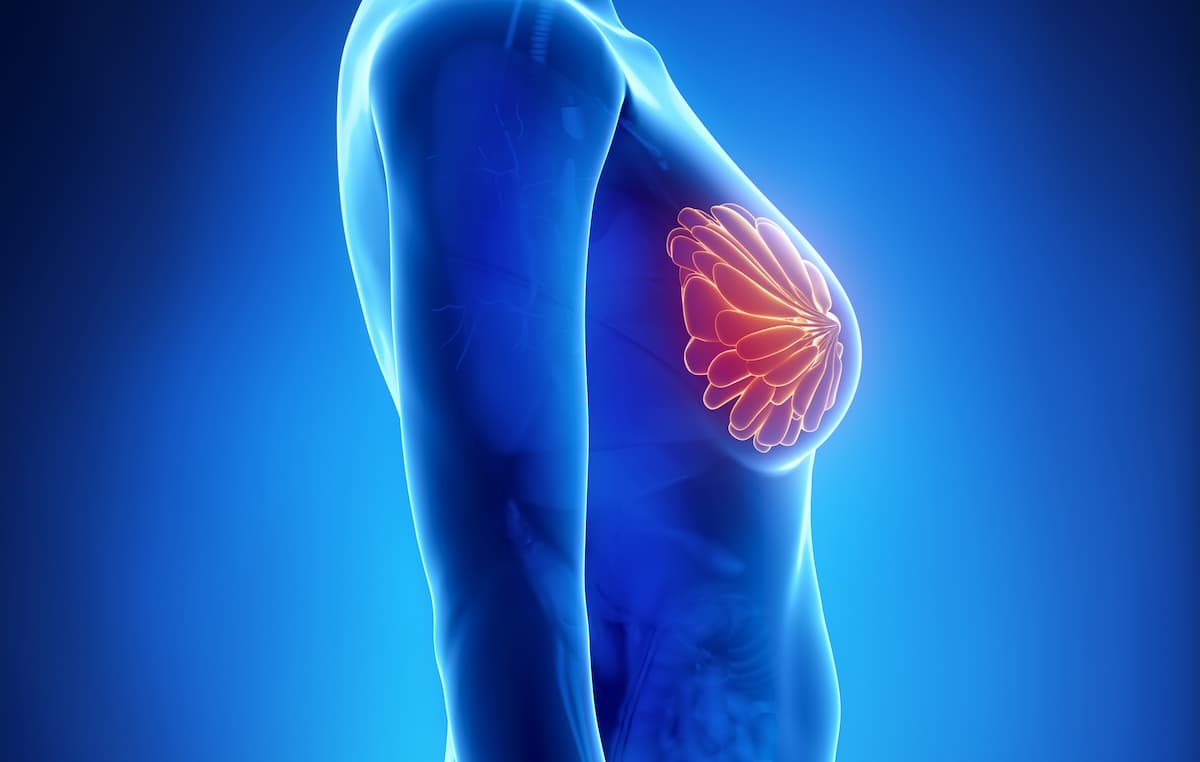AI Deep Learning Model May Predict Chronic Pain Risk in Breast Cancer
A holistic integration of time series and static data present in the learning approach can lead to improved understanding of breast cancer outcomes.
A holistic integration of time series and static data present in the learning approach can lead to improved understanding of breast cancer outcomes.

Leveraging an AI deep learning approach may predict chronic pain among patients with breast cancer, according to findings from a retrospective, observational study published in the Journal of Nursing Scholarship.1 This approach utilizes a holistic integration of time series and static data to enhance the comprehensive understanding of outcomes among these patients.
The model demonstrated high performance, achieving an accuracy of 72.8% as well as an area under the receiver operating characteristic curve (AUROC) of 82.0%. Additionally, the model exhibited reasonable recall (68.4%), affiliated with the identification of patients at risk of chronic pain.
“We want to understand the factors that lead someone from having cancer to having chronic pain and how can we better manage these factors,” senior author Lisiane Pruinelli, PhD, MS, RN, FAMIA, professor of family, community, and health systems science in the University of Florida College of Nursing, stated in a news release on the study findings.2 “Our goal is to link this information to some profile of patients so we can identify early on what patients are at risk for developing chronic pain.”
Data from the All of Us Research Program’s Controlled Tier Dataset was used to design the retrospective study. The data periods range from March 1980 to May 2022 and includes demographics, patient survey, lab measurement, drug exposure, and diagnosis information. Considering the limited number of populations with all relevant data, only data types available for most patients with breast cancer in the dataset was included in the sample size for the deep learning approach.
A Transformer-based time-series classifier was utilized to decipher and capture the dynamics and patterns of sequential medical data. A neural network architecture, the Transformer is among a series of developing large language models, with the unique ability to use self-attention mechanisms. This mechanism calculates attention scores, determining the weight of input components based on their context in a sequence.
The dataset was segmented into 3 parts: training (75%), validation (5%), and testing (25%). The training set was utilized for the primary training phase, while the validation set optimized model parameters and reduced overfitting; the test set assessed the model’s final performance. Accuracy, AUROC, precision, and recall metrics were used as performance measures.
Within the final data set (n = 1131), there were 199 (17.59%) positive cases of chronic pain and 932 (82.40%) negative cases of chronic pain. The average age was 57.8 years with a standard deviation of 10.4 years (range, 23.9-86.8). A total 997 (88.2%), 84 (7.5%), and 24 (2.1%) identified as White, Black, and Asian, respectively, with 13 (1.1%) in both the “more than one” and “other” population.
In the training set, the accuracy and AUROC rates were 73.1% and 82.0%, respectively. Precision and recall rates were 35.8% and 75.9% for the training set and 38.4% and 68.4% for the test set, respectively. A positive weight of 3.0 was used to balance recall performance and AUROC and precision metrics.
“Our research represents a significant step forward in predicting chronic pain among breast cancer patients for pain management and effective nursing care, highlighting the power of deep learning and Transformer-based models,” Pruinelli and coinvestigators wrote in the publication. “The unique aspect of our model is its holistic integration of both time-series and static data, enhancing the comprehensive understanding of patient outcomes. However, future work is needed to incorporate additional factors that influence chronic pain, alongside more diverse demographic data. By expanding the application of this deep learning approach across different medical contexts, we aim to uncover new insights and address unresolved questions in healthcare.”
References
- Park JI, Johnson S, Pruinelli L, et al. Optimizing pain management in breast cancer care: utilizing ‘All of Us’ data and deep learning to identify patients at elevated risk for chronic pain. J Nurs. Published online July 26, 2024. doi:10.1111/jnu.13009
- New AI tool predicts risk for chronic pain in cancer patients. News release. University of Florida. July 31, 2024. Accessed August 6, 2024. https://tinyurl.com/bp8wmczd